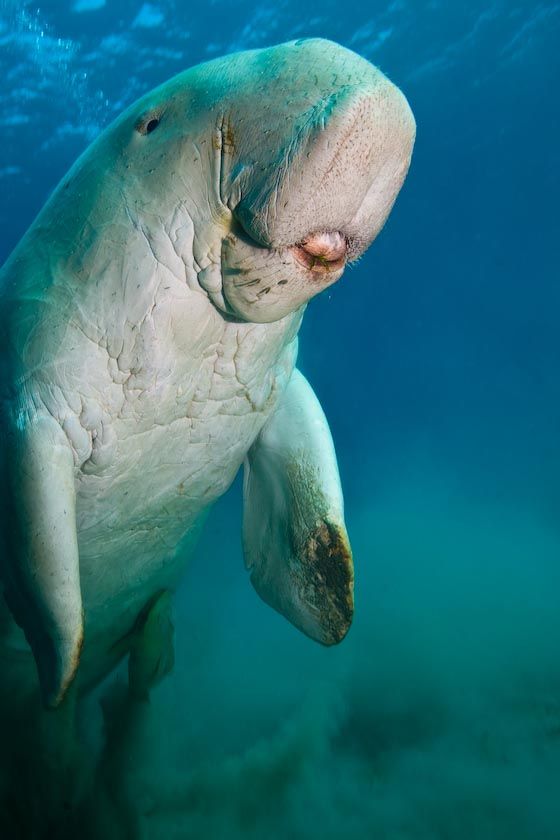7667766266
enquiry@shankarias.in
Risk Free Status
Guaranteed Emergency Credit Line (GECL) facility
National Credit Guarantee Trustee Company Limited (NCGTC)
Credit Guarantee Fund Trust for Micro and Small Enterprises (CGTMSE)
Charru mussel
Marine Stewardship council
Gangetic Dolphins

Vikramshila Gangetic Dolphin Sanctuary
India’s first Dolphin Observatory
World Dugong Day

Conservation of Migratory Species of Wild Animals
Europe's First COVID-19 Free Country
Balkan Countries

Source: The Hindu, Down to Earth, Times of India